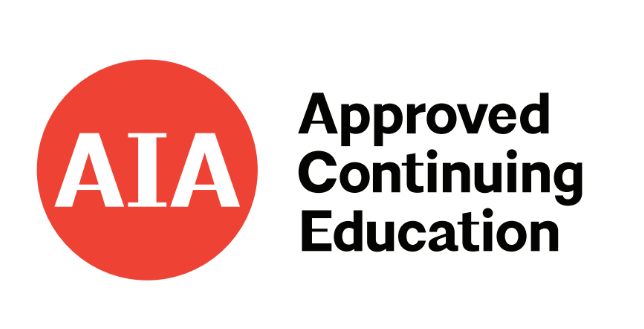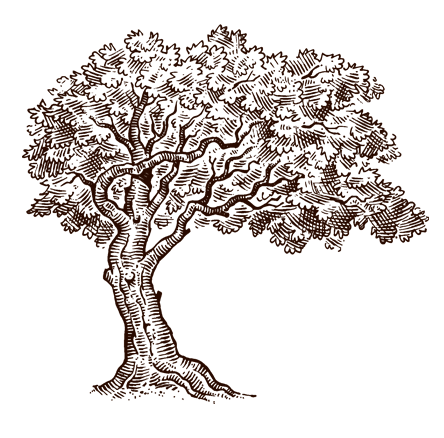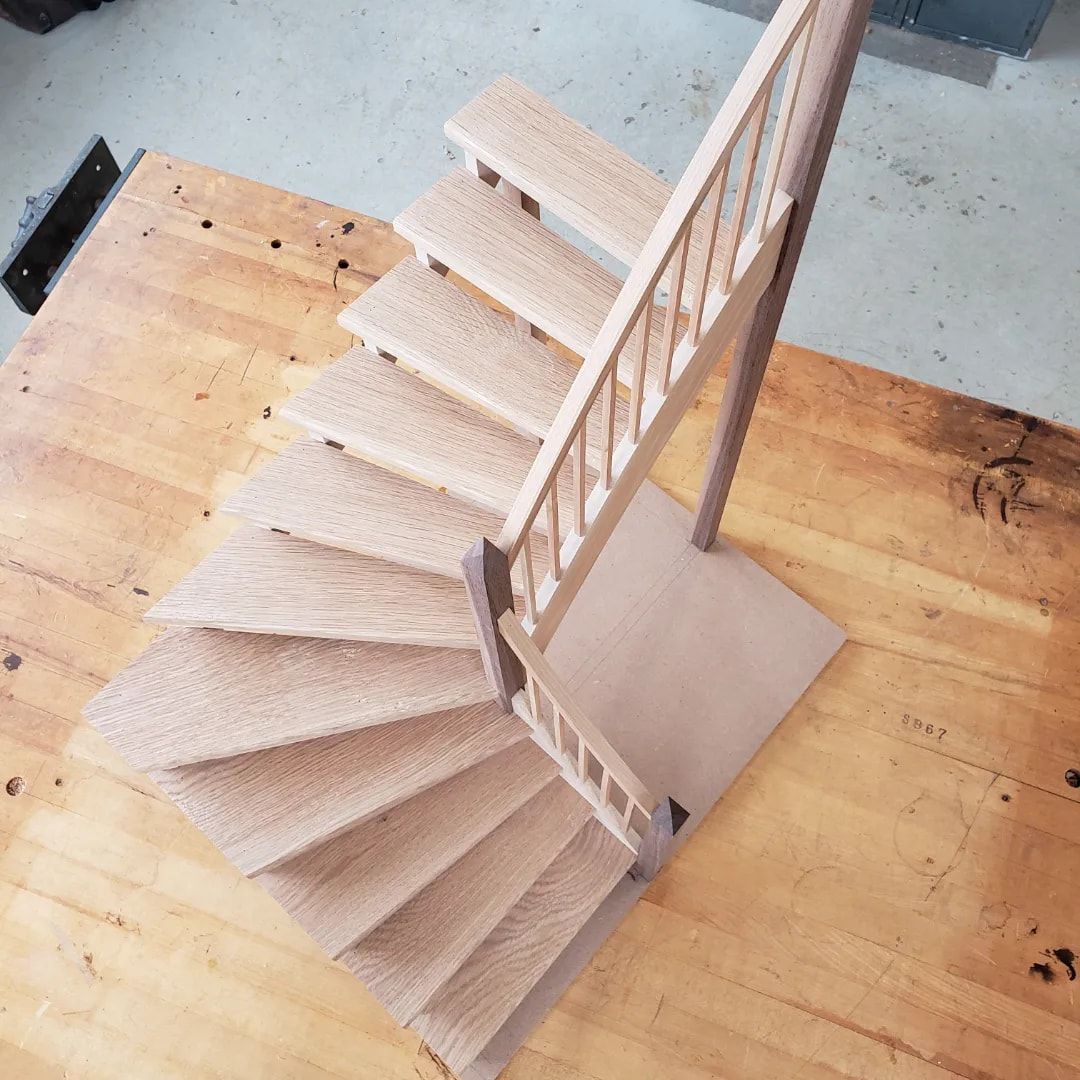QUARTER-TURN STAIRCASE WITH DANCING WINDERS Oct 27-31, 2025
Building Architectural Staircase; A Balanced Quarter-Turn with Dancing Winders
In this five (5) day week-long workshop, students will build a scaled-down model of a quarter-turn staircase with winders and curved stringers.
Students will create a hand-drawn stereotomical drawing to solve for the stair layout. A quarter-turn staircase is a type of staircase where the direction of flight is changed 90 degrees to connect to different floor levels. The change in direction can either be obtained by creating a flat landing or by providing winders. The landing can be provided at various height positions to create a different configuration of the stair layout. These stairs are also called L shaped stairs. L shaped stairs are quite convenient and elegant in appearance. Winder stairs, on the other hand, are a variation of an L shaped stair but instead of a flat landing, they have pie-shaped or triangular steps at the transition. The advantages of winder stairs are that they require less space than many other types of stairs and they have more visual interest. Winder stairs seem to create a more seamless transition, visually, as they meander around corners. For this reason, they have gained popularity in modern homes and their compactness has also made them attractive in sustainable home designs.
Learning Objectives:
- Learn the basics of stair building codes and minimums.
- How to solve stair layout using stereotomy.
- Create a scaled down model of a quarter turn staircase with winders.
- Learn the basics of stereotomy.
- Use stereotomy to draw a staircase.
- Extract all critical angles and curves without math or CAD.
- Build a scale model of the drawing by extracting measurements directly from the 2-dimensional drawing .
Required Prerequisite Knowledge:
Basic building knowledge recommended, but not required.
Learning Objectives:
- Understand and Apply Stair Building Codes: Students will learn the basics of stair building codes and minimum requirements, ensuring that their design meets regulatory standards for safety and functionality.
- Master Stereotomy Techniques for Stair Layouts : Students will develop the ability to solve stair layouts using stereotomical methods, including hand-drawn stereotomical drawings that accurately determine the configuration of a quarter-turn staircase.
- Extract Critical Geometric Data Without Advanced Tools: Learners will gain skills in extracting critical angles, curves, and measurements directly from 2-dimensional drawings without relying on computer-aided design (CAD) or advanced math, fostering precision and analytical thinking.
- Build a Scaled Model of a Quarter-Turn Staircase: By applying the drawing and geometric data, students will construct a scaled model of a quarter-turn staircase with winders, integrating theoretical knowledge with practical model-building techniques.
Schedule:
Monday 9:00am- 5:00pm
Tuesday-Friday 8:30 am- 4:30 pm
𐎀 For AIA Members:
Credits: 37.5 LU/HSW

If you are an AIA member and interested in receiving credit for this course, please let us know in the space indicated during registration.
This learning program is registered with AIA CES for continuing professional education. As such, it does not include content that may be deemed or construed to be an approval or endorsement by the AIA of any material of construction or any method or manner of handling, using, distributing, or dealing in any material or product.
AIA continuing education credit has been reviewed and approved by AIA CES. Learners must complete the entire learning program to receive continuing education credit. AIA continuing education Learning Units earned upon completion of this course will be reported to AIA CES for AIA members. Certificates of Completion for both AIA members and non-AIA members are available upon request.
Instructor:
Patrick Moore (see Instructors page to view instructor bios ).




